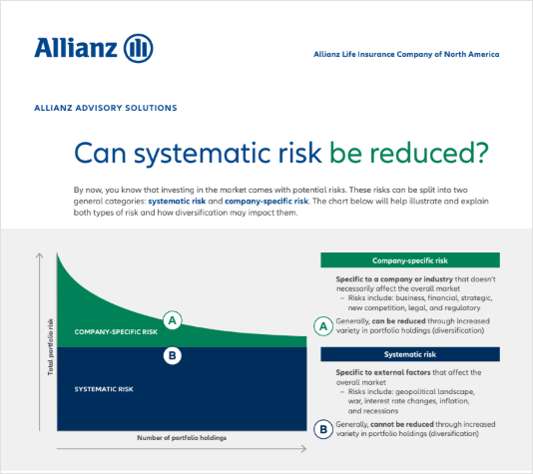(Bloomberg View) — At the end of its two-day policy meeting, the Federal Reserve on Wednesday delivered a rather milquetoast statement — purposely and understandably so. In the process, the central bank is achieving two goals: keeping its options open as it continue to navigate an unusually fluid economic, financial, institutional and political landscape; and reinforcing the markets' comfort with the notion that the Fed will be able to provide, to borrow a phrase from Ray Dalio, a "beautiful normalization" after a prolonged period of heavy reliance on unconventional monetary policy.
(Related: What Trump May Mean for Interest Rates)
As expected, the Fed left interest rates unchanged and stated that it would start reducing its balance sheets "relatively soon." It made the announcement in the context of continued solid job gains, a somewhat more dovish view of inflation, an unchanged outlook, and as it focused on what it sees as a "roughly balanced" balance of risk.
The immediate reaction of markets was supportive of this steady-as-it-goes approach. The VIX, the widely followed measure of stock market volatility known as the "fear index," dipped momentarily to a record low, while market yields eased somewhat, equities remained strong and the dollar weakened a little.



